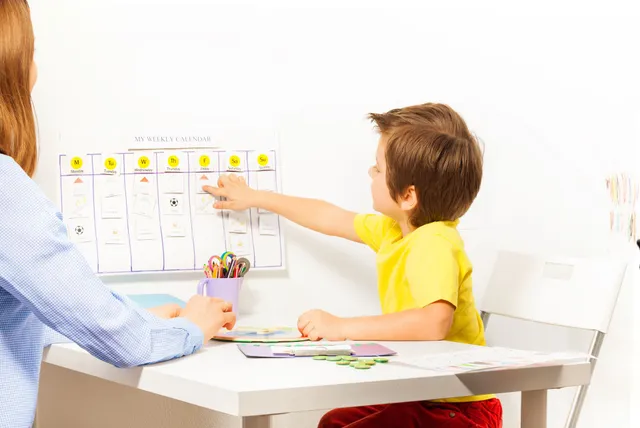Try out WriteStories free for 7 days!



.svg)
Back to blog
Blog
Supercharging Classroom Media Literacy

Category
Teacher
Date
July 8, 2025
Reading time
6 mun read
Author

Bob Wood
Supercharging Classroom Media Literacy with WriteStories
In today's digital world, students need more than core reading and writing skills—they need media literacy too: the ability to interpret, critique, and create digital content. WriteStories provides a powerful toolkit for educators to nurture these hybrid skills through visual narrative and collaborative storytelling.
🔍 Visual Narrative: Core of Media Literacy
Research confirms that combining images and text boosts comprehension and critical thinking. WriteStories delivers that by presenting wordless illustration sets prompting students to ask: "What's happening? Who are the characters? How do their actions connect?" These questions support media literacy and visual decoding simultaneously.
🧩 Classroom Strategy #1: Media Detective Teams
- Visual Analysis
- Students work in pairs to observe illustrations.
- They note what’s shown—and what's not. What’s important but unseen?
- Students work in pairs to observe illustrations.
- Predict & Question
- They craft potential storylines. Why does the character look sad, happy, or worried?
- They identify whose perspective might be missing or biased.
This approach sharpens both critical thinking and media awareness, replicating Project Look Sharp methodology.
✍️ Strategy #2: Digital Draft & Peer Editing
Once narratives begin to form, students type them in WriteStories. The process includes:
- Formatting text on digital platforms
- Linking visuals with text
- Peer review sessions: classes give feedback on clarity, tone, and visual-text alignment
- Classes see real improvement in narrative coherence and digital presentation.
🧠 Brain Development & Narrative Skills
Research suggests creative writing builds cognitive skills across subjects . When combined with visual analysis, the learning taps executive functions—planning, sequencing, empathy. WriteStories leverages this integrative power seamlessly.
🌱 Connect with the Science of Reading
Balanced literacy experts stress bridging vision, language, and writing . With WriteStories, the act of decoding images, assigning narrative meaning, and typing text exemplifies a multimodal approach to literacy—essential in modern classrooms.
Classroom Integration Guide
Phase
Task
Objective
1
Visual Analysis
Build media literacy and visual awareness
2
Draft in platform
Practice digital writing and formatting
3
Peer reviews
Develop critical thinking and communication
4
Publish & share
Foster pride and authentic audience engagement
WriteStories is more than a writing tool—it’s a learning framework. It empowers students to transition from passive media consumption to active creation and critical thinking—skills vital in the digital age.
Final Thought
By integrating WriteStories into your classroom routine, you’re not just teaching writing—you’re teaching literacy. Blend visuals with language. Encourage critical thinking about images. Build confident storytellers and thoughtful digital citizens.










